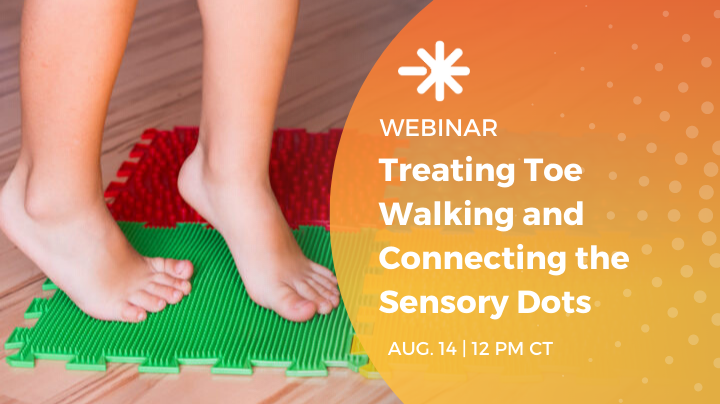Webinar: Treating Toe Walking and Connecting the Sensory Dots

Date and Time
Location
Virtual Event
Idiopathic toe walking, if left untreated, can sometimes lead to problems with a child’s leg and foot as they get older. Early classification and intervention for your patient, can help formulate a treatment plan that supports both the primary (i.e. sensory based) and secondary (i.e. musculoskeletal) reasons for toe walking. This course will deepen the learner’s insight into various factors that contribute to toe walking as well as discuss the importance of collaboratively identifying a well-rounded treatment plan. The earlier a child has intervention for physical, emotional, and educational abnormalities, the better the outcome.
Course Objectives
Upon completion of this program, participants should be able to:
- Identify the possible associated causes of toe walking
- Describe idiopathic toe walking incidence
- Classify toe walking through assessment techniques
- List systems and their impact on the patient’s movement
- Outline treatment options based on assessment analysis that includes a well-rounded approach to the child’s unique presentation
Instructor

Danica Nordstrom, MSPO, CPO, LPO
Clinician and Clinic Manager, Hanger Clinic
Danica has dedicated her career to improving the lives of her patients and empowering her colleagues to pursue their passions. Her Master of Science in Orthotics & Prosthetics includes education from both Northwestern University and The University of Hartford. She enjoys working with all of her patients, but pediatric kiddos have a special place in her heart!
Continuing Education Requirements: All attendees are required to attend the entire session, complete a credit request form, and evaluation following the session. Throughout the presentation learning outcomes will be assessed through instructor interaction and attendee’s participation through Q&A.